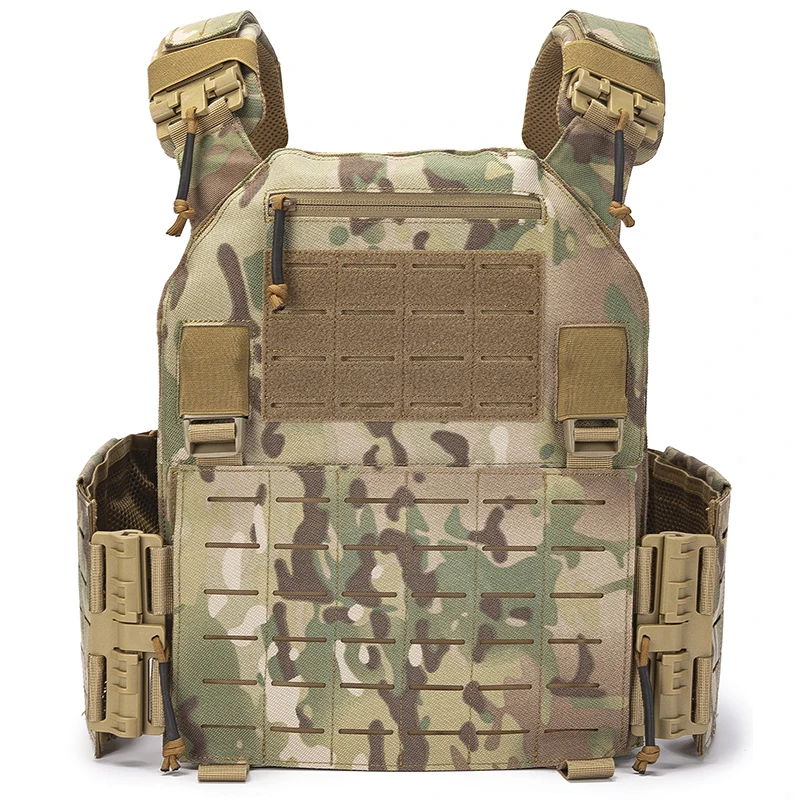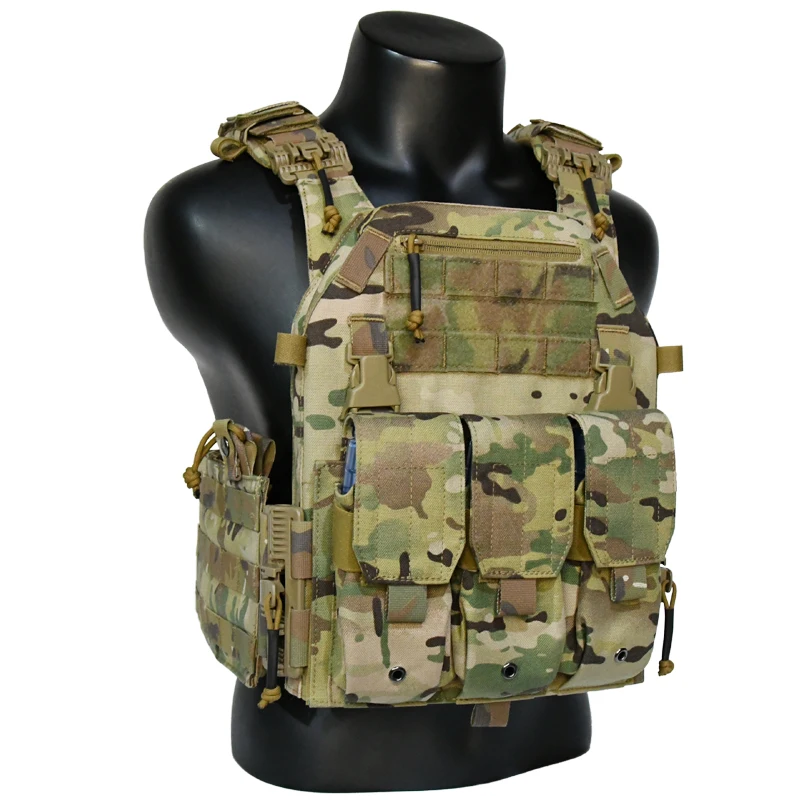Tactical Gear
PRODUCTS
Tactical Vest Concealed Carry Guide
Choosing the Right Tactical Vest
The first step is selecting a vest suitable for concealed carry. Not all tactical vests are created equal. Some are bulky and overtly tactical, defeating the purpose of concealed carry. Others lack the necessary features for secure and comfortable firearm retention. Look for vests with ample internal pockets specifically designed for firearms, ideally lined with soft material to prevent scratching. Consider the size and weight of your firearm – the vest should comfortably accommodate it without excessive bulging or discomfort. The material itself should be durable and breathable, especially for extended wear. Look for vests made from high-quality nylon or other sturdy fabrics that are both comfortable and resistant to wear and tear.
Furthermore, consider the adjustability of the vest. A well-fitting vest is essential for both comfort and secure weapon retention. Adjustable straps and a snug fit will prevent the firearm from shifting during movement. Pay attention to the overall design; some vests offer multiple pockets and compartments for accessories like magazines, ammunition, or other essential gear, while others are more minimalist. Choosing a vest that suits your individual needs and carrying style is vital.
Concealment and Discreet Carry
The primary reason for using a tactical vest for concealed carry is to provide discretion. The vest should be able to effectively hide the firearm from casual observation. The bulkiness of the firearm will inevitably add some mass, so choosing a vest in a neutral color that blends with your clothing is important. Avoid overly tactical-looking vests, especially in public settings where they might draw unwanted attention. A darker color such as black or navy blue often works well for this purpose.
The placement of the firearm within the vest also plays a significant role in concealment. Experiment with different pocket positions to find what works best for you. Remember, comfort and ease of access are just as important as concealment. A poorly placed firearm can be uncomfortable to wear and difficult to draw quickly if needed. Regular practice drawing your firearm from the vest is crucial to ensure proficiency and safety.
Legal Considerations and Safety
Before carrying a concealed firearm in a tactical vest, it's crucial to understand and abide by all local, state, and federal laws and regulations concerning concealed carry. Laws vary significantly by jurisdiction, and carrying a firearm without proper licensing and permits can lead to serious legal consequences. Thoroughly research the laws in your area before carrying a concealed weapon.
Beyond legality, safety is paramount. Safe gun handling practices should always be observed. Properly storing and securing your firearm when not in use is critical, including when transporting or storing your tactical vest. Regularly check your firearm to ensure it's functioning correctly and that the holster is securely holding the weapon. Never carry a loaded firearm unless you are trained and prepared to use it responsibly.
Maintenance and Care
Proper care and maintenance of your tactical vest are essential to ensure its longevity and effectiveness. Regularly inspect the vest for any signs of wear and tear, such as frayed stitching or damaged fabric. Clean the vest periodically to remove dirt and debris, following the manufacturer's instructions. Avoid using harsh chemicals or abrasive cleaners that could damage the material. Proper care will extend the life of your vest and maintain its effectiveness for safe and discreet concealed carry.
In conclusion, selecting and using a tactical vest for concealed carry requires careful planning and consideration. Choosing the right vest, understanding the legal implications, prioritizing safety, and practicing proper gun handling techniques are crucial for responsible concealed carry. Remember that concealed carry is a serious responsibility, and thorough preparation is paramount.
SUBSCRIBE
INQUIRY










